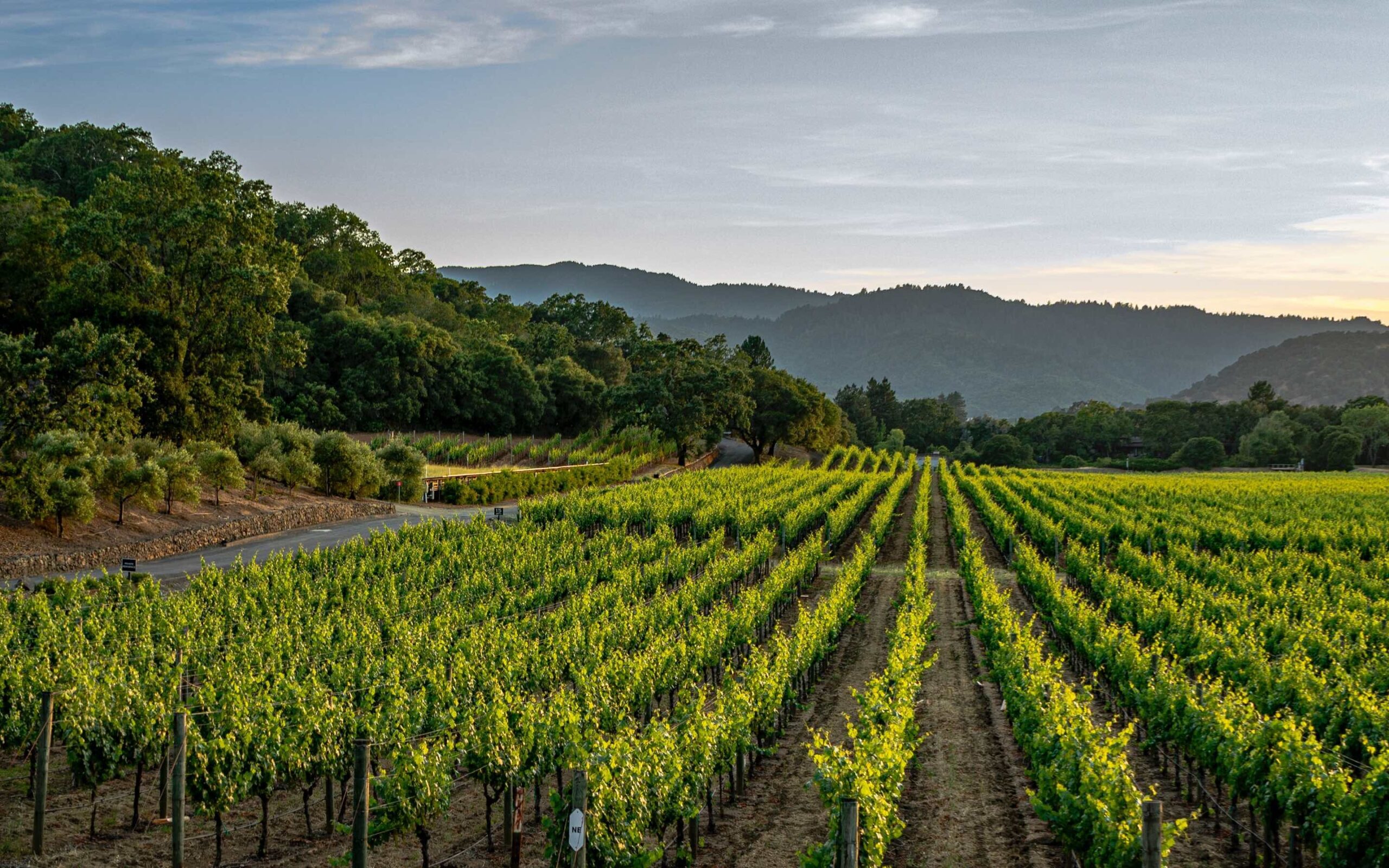
For most people, New Zealand is synonymous with Sauvignon Blanc – but there’s much more to this diverse country than meets the eye.
Whether you’re new to New Zealand wine, or have sampled the country’s wines before, there’s always plenty more to discover. With that in mind, here’s everything you need to know about the wine regions of New Zealand, including both classic and up-and-coming areas.
History of winemaking in New Zealand
Unlike Old World wine-producing countries like France, New Zealand is relatively new to wine making. The country, considered a New World wine-producing country, only started making wine in the early 1800s when European settlers brought vines from their native countries.
However, it wasn’t until the 1960s that winemaking became something that was done commercially, rather than on family farms – and it wasn’t until the 1980s that wine production really took off, both domestically and internationally, thanks to Marlborough Sauvignon Blanc.
The success of this region’s Sauvignon Blanc put New Zealand on the global map and encouraged winemakers to experiment with other grape varieties. Because it’s such a young winemaking country, New Zealand’s growers have been able to experiment with new techniques in a way that more established Old World wine countries haven’t – leading to lots of sustainable practices and biodynamic wines.
This forward-thinking approach is something that continues to this day. The world’s wine industry is at risk from climate change, but one way the industry is combatting this is by planting vineyards further away from the equator, including in New Zealand.

Key New Zealand wine regions
So, if you’re looking to sip on New Zealand’s best red and white wines, what regions should you look out for? These are the key places to know about.
Marlborough
This region in the South Island is the country’s best-known wine region. As wine expert Jancis Robinson explains in her BBC Maestro course, An Understanding of Wine, “Sauvignon Blanc accounts for more than 70% of all New Zealand wines” – and the most famous of all Sauv Blanc regions is Marlborough.
Nestled between the mountains and coast, Marlborough is protected from the elements, with a significant drop between night and daytime temperatures, providing the perfect climate for growing grapes.
It was Cloudy Bay Sauvignon Blanc that put the region on the map, and it’s still popular today – although other winemakers also produce their own fine variations. Sauvignon Blanc is, as Jancis Robinson explains, “cool, refreshing and fruity – rarely aged in oak, and sold quite young. It’s very easy to recognise and has a pronounced flavour and aroma.”
But while Sauv Blanc is the region’s most famous offering, it’s not all Marlborough has to offer. For red wine lovers, “Pinot Noir is increasingly popular, and like a southern hemisphere answer to red Burgundy.”
Central Otago
Another region to look out for when it comes to Pinot Noir is Central Otago. As Jancis Robinson says, “New Zealand has staked its red wine reputation on Pinot Noir, and there are many fine examples in Martinborough, Marlborough, Nelson, Waipara and Central Otago.”
This is the world’s most southerly wine region, with hot summers and cold winters. As well as Pinot Noir, the region also produces excellent Chardonnay, Pinot Gris, Riesling and Gewürztraminer.
Hawke’s Bay
Over on the North Island, Hawke’s Bay is one of the most diverse winemaking regions in the country, thanks to its warm climate and variety of soil types.
It’s known for its red Bordeaux-style blends, Syrah, and Chardonnay – a wine that, Jancis Robinson notes, shouldn’t be overlooked when choosing a bottle from New Zealand. She says:
“New Zealand can make very fine Chardonnay with firm acidity, moderate alcohols and fruit flavours in the white stone-fruit and citrus spectrum. There is a strong argument that the country’s Chardonnay is much more interesting and varied than the Sauvignon Blanc on which the New Zealand wine industry depends.”
Some of the country’s best Chardonnay comes from Hawke’s Bay, with intensely fruity flavours and high acidity, making it a great choice for white wine lovers.

Waiheke Island
Waiheke Island is 92 square kilometres (36 square miles) and is located roughly 21.5 kilometres (13.4 miles) from Auckland, in the Hauraki Gulf.
Sometimes known as New Zealand’s “island of wine,” it’s famous for its red Bordeaux-style blends and Syrah. The island’s warm climate, which gets less rainfall than the mainland, contributes to these grapes having rich complex flavours and deep colours.
While New Zealand isn’t particularly noted for its Cabernet Sauvignon, this island could be changing that reputation, as Jancis Robinson explains:
“New Zealand has only limited plantings of Cabernet Sauvignon as early examples could be too herbaceous and instead growers preferred to plant Merlot. But climate change and a greater understanding of vineyard management is creating exciting examples, most of them grown in the relatively warm climates of Hawke’s Bay and Waiheke Island.”
These are, of course, just four of the wine regions of New Zealand – and there are plenty more to explore, across both the North and South Islands.
Interested in finding out more about wine, from how to choose the perfect bottle to what wine to serve with different dishes? Sign up for Jancis Robinson’s course, An Understanding of Wine, and learn from one of the wine world’s greatest.

Give the gift of knowledge
Surprise a special someone with a year's access to BBC Maestro or gift them a single course.





